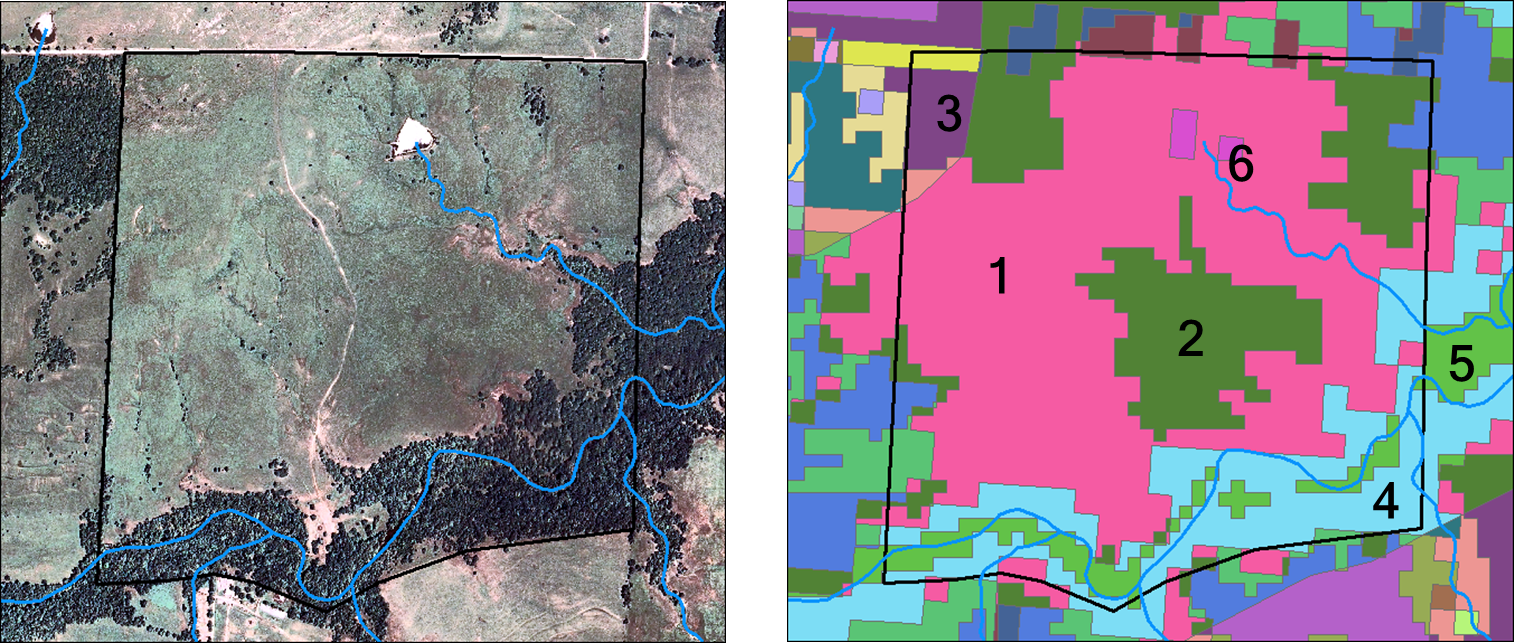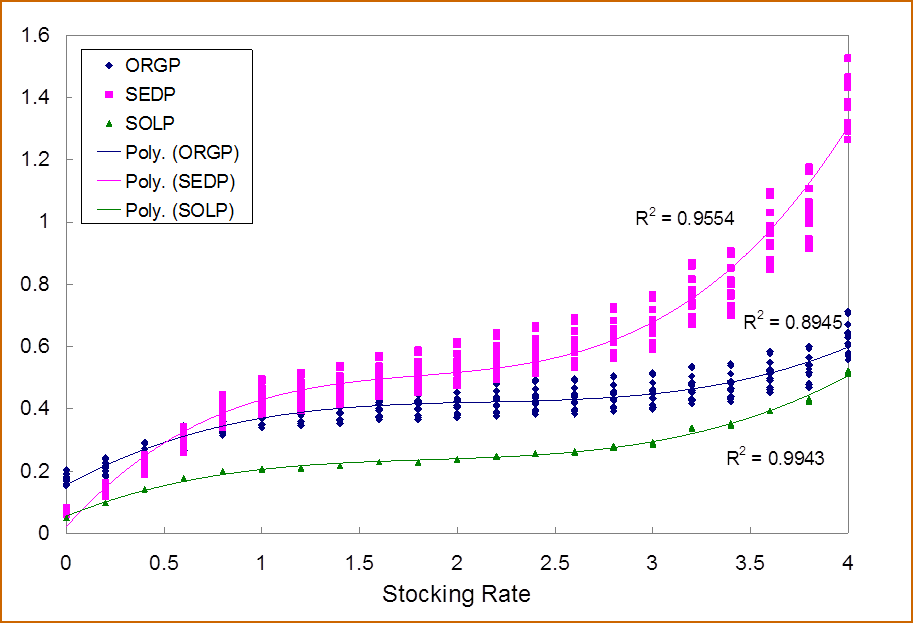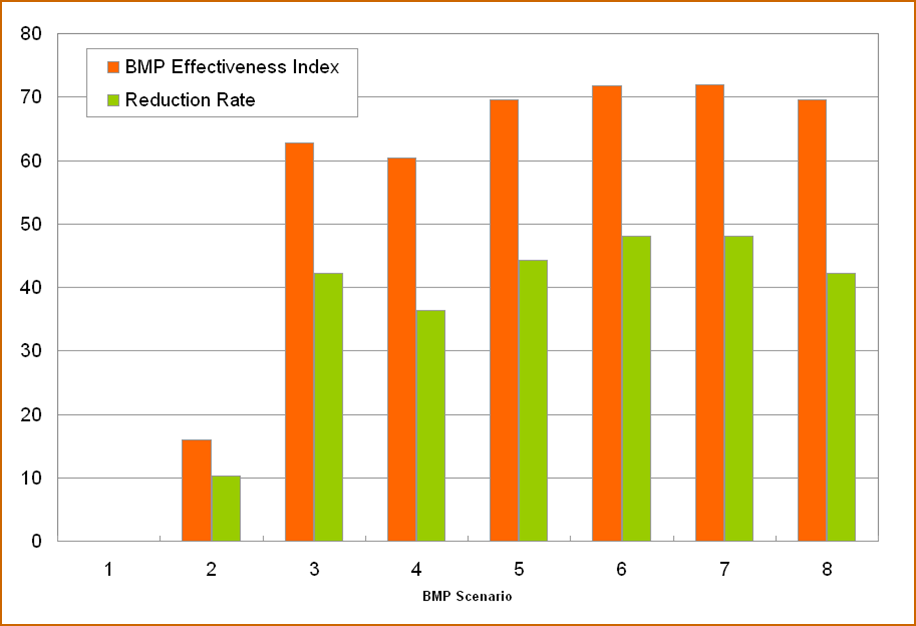Best-management practices
Agricultural and Livestock Best Management Practice is an innovative conservation practice that is believed to be more effective at reducing sediment and nutrient runoff than the tradional land management approach. Numerous studies have been conducted to evaluate effectiveness of BMPs for various agricultural conditions, management practices, and regions.
Many conservation programs have been established to motivate producers to adopt best management practices (BMPs) to minimize pasture runoff and nutrient loads, but despite years of effort and the investment of millions of dollars in various agriculture and livestock environmental incentive programs, many producers still choose not to participate in traditional cost-sharing programs. Market-based approaches, such as a BMP auction, may provide a cost-effective alternative to the traditional cost-share approach, and may enhance success in reducing specific pollution problems.
BMP Auctions
In a BMP (reverse) auction, producers compete for limited funds by submitting BMP proposals to the buyer, a watershed group or a federal or state agency that is investing in BMPs. An expert team is formed by the buyer to assess the BMP proposals and rank their water-quality improvement based on reductions in nutrient and sediment loads generated per dollar.
A study was conducted to develop and demonstrate a framework to evaluate water-quality impacts and the effectiveness of two widely used BMPs on a livestock pasture, off-stream watering sites and stream fencing. The framework was based on the HRU-based representation of individual pasture subareas with SWAT. Pasture subareas of stream, riparian zone, and high- and low-slope grazing land were considered.

Thirteen possible scenarios were simulated applying various stocking rates to individual subareas within the pasture, and BMP effectiveness index assigned to each scenario was calculated based on pollutant load curves compiled from outputs of many SWAT runs. Based on the presented framework, a spreadsheet modeling tool (Livestock BMP Evaluation Tool) was developed and used as a quantitative pasture management tool in addition to other qualitative management tools such as for example a P Index by the NRCS.
Rapid bid assessment process

- Prepare the SWAT input data for a range of stocking rates
- Use the same weather inputs for all subbasins
- Batch SWAT model runs with input parameters adjusted for a range of stocking rates
- Collect output data for all similar HRUs from all subbasins
- Plot values of output variables from all HRUs and calculate polynomial trends
- Collect pasture data and enter into a spreadsheet
- Determine the BMP scenario index (Baseline = 1)
- Calculate loads for each subarea and entire pasture
- Determine the BMP effectiveness index and the pollutant reduction rate.

Livestock BMP Bid Ranking Spreadsheet Tool
A spreadsheet tool was developed to assist a technical management team with environmental assessment of the auction bids. The tool uses a set of macros to communicate with the SWAT output data and determine the BMP effecetiveness index according to current field condition and proposed improvements.

Relevant publications:
- Sheshukov, A.Y., K.R. Douglas-Mankin, P. Daggupati, and S. Sinnathamby (2012) Pasture BMP Effectiveness using a HRU-based Sub-field Approach in SWAT, Journal of Environmental Management (in revision)
- Daggupati. P., K.R. Douglas-Mankin, A.Y. Sheshukov, P.L. Barnes, and D.L. Devlin (2011) Field-Level Targeting Using Swat: Mapping Output From HRUs to Fields And Assessing Limitations of GIS Input Data, Transactions of the ASABE 54(2), 74-88.
- Daggupati, P., K.R. Douglas-Mankin, A.Y. Sheshukov, and P.L. Barnes (2010) Targeting BMP placement using SWAT sediment yield estimates for field-scale BMPs TMDL 2010: Watershed Management to Improve Water Quality, ASABE Conference. Baltimore, MD. 8 p.
- Sheshukov, A.Y., K. Douglas-Mankin, and P. Daggupati (2009) Evaluating Effectiveness of Unconfined Livestock BMPs using SWAT, Proceedings of the 5th International SWAT Conference, Boulder, CO, Aug 5-7, 2009, 8 p
